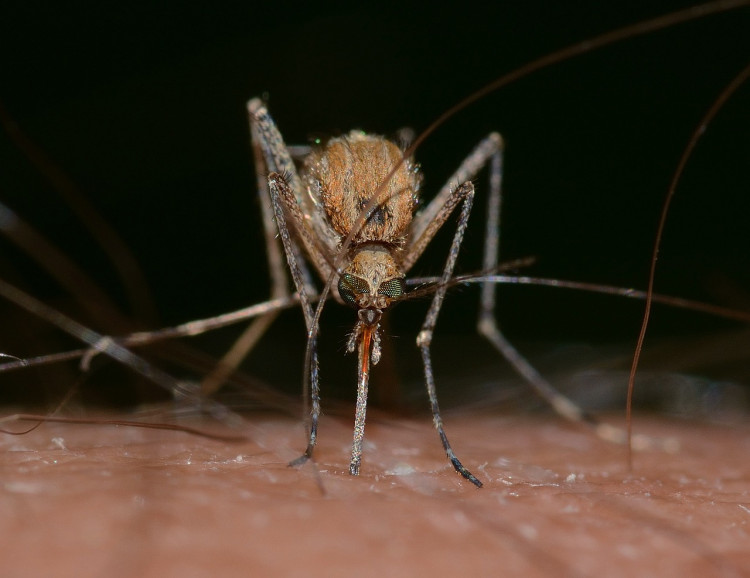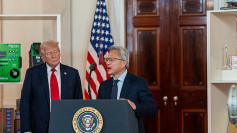Massachusetts is grappling with a resurgence of the deadly Eastern Equine Encephalitis (EEE) virus, sparking widespread concern across the state. The Massachusetts Department of Public Health (DPH) has issued urgent warnings to residents in several communities, particularly in Plymouth and Worcester counties, following the detection of the first human case of EEE this year. The case, involving a man in his 80s from Worcester County, marks a significant escalation in the risk posed by this rare but lethal mosquito-borne virus.
State health officials have raised the alert level to high or critical in ten communities, prompting a series of aggressive measures to curb the spread of the virus. "We have not seen an outbreak of EEE for four years in Massachusetts," said DPH Commissioner Robbie Goldstein in a statement. "This year's outbreak and activity raise the risk for communities in parts of the state. We need to use all our available tools to reduce risk and protect our communities. We are asking everyone to do their part."
In response to the heightened risk, authorities have initiated aerial and truck-mounted mosquito spraying in the affected areas. In Plymouth County, aerial spraying will cover eight communities, including Plymouth, Carver, and Wareham, while truck-mounted spraying will be conducted in five communities within Worcester County. These measures are intended to reduce the mosquito population and mitigate the risk of further EEE transmission.
Eastern Equine Encephalitis is one of the most dangerous mosquito-borne diseases in the United States, with a mortality rate of approximately 30% among those who contract the virus. Survivors often face severe neurological complications, requiring long-term care. According to the Centers for Disease Control and Prevention (CDC), symptoms of EEE can emerge between three to ten days after being bitten by an infected mosquito. Early symptoms include high fever, headache, stiff neck, and lack of energy, which can rapidly progress to encephalitis-a life-threatening inflammation of the brain.
The risk of EEE is compounded by the lack of available vaccines or effective treatments. As a result, prevention remains the most critical strategy. State officials are urging residents in high-risk areas to take precautions, including wearing long-sleeved clothing, applying insect repellent, and avoiding outdoor activities during peak mosquito hours, typically from dusk to dawn. Additionally, residents are advised to ensure that their homes are mosquito-proof by repairing screens on windows and doors and eliminating standing water where mosquitoes can breed.
The current outbreak has led to the closure of public parks in several towns, including Plymouth, where local authorities have imposed an outdoor curfew from dusk to dawn to minimize the risk of mosquito bites. The decision to close parks and restrict outdoor activities highlights the seriousness of the threat posed by EEE in the region.
While Massachusetts is currently the epicenter of concern, the EEE virus has also been detected in other states. New York health officials recently confirmed cases of EEE in horses across multiple counties, though no human cases have been reported there as of yet. The virus is most prevalent in eastern and Gulf Coast states, where the environmental conditions are conducive to the mosquito species that transmit the virus.
In addition to EEE, there is growing concern over the West Nile virus, another mosquito-borne disease that has seen a recent uptick in cases. Former NIAID Director Anthony Fauci was recently hospitalized with West Nile virus, underscoring the ongoing public health threat posed by mosquito-borne illnesses.
As the situation develops, Massachusetts health officials continue to monitor the spread of EEE and are prepared to implement additional measures if necessary. The public is being urged to remain vigilant and adhere to the recommended precautions to protect themselves and their communities from this deadly virus.
The return of EEE to Massachusetts serves as a stark reminder of the persistent threat posed by mosquito-borne diseases and the importance of proactive public health measures in mitigating their impact. As Commissioner Goldstein emphasized, "We need to use all our available tools to reduce risk and protect our communities. We are asking everyone to do their part."






